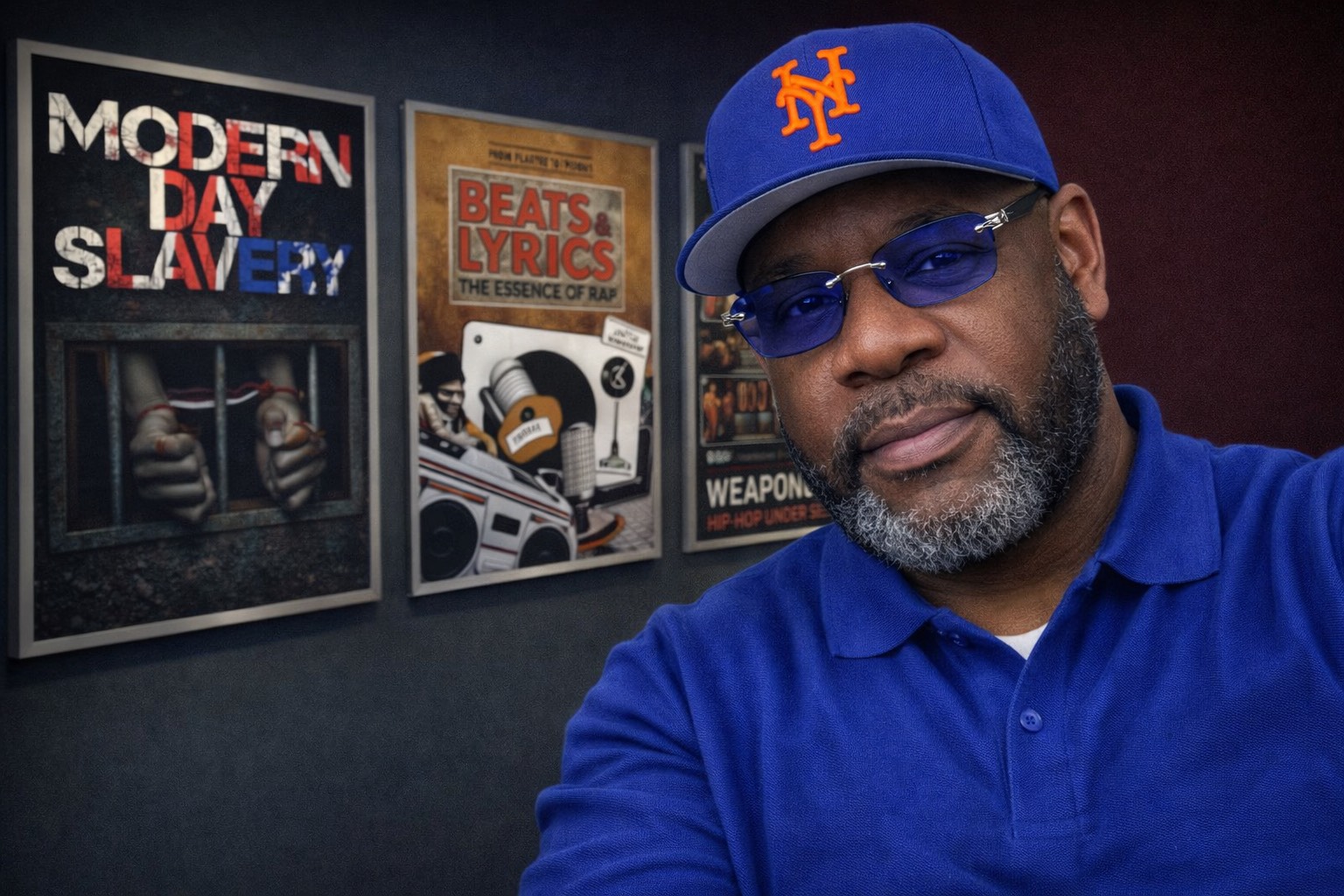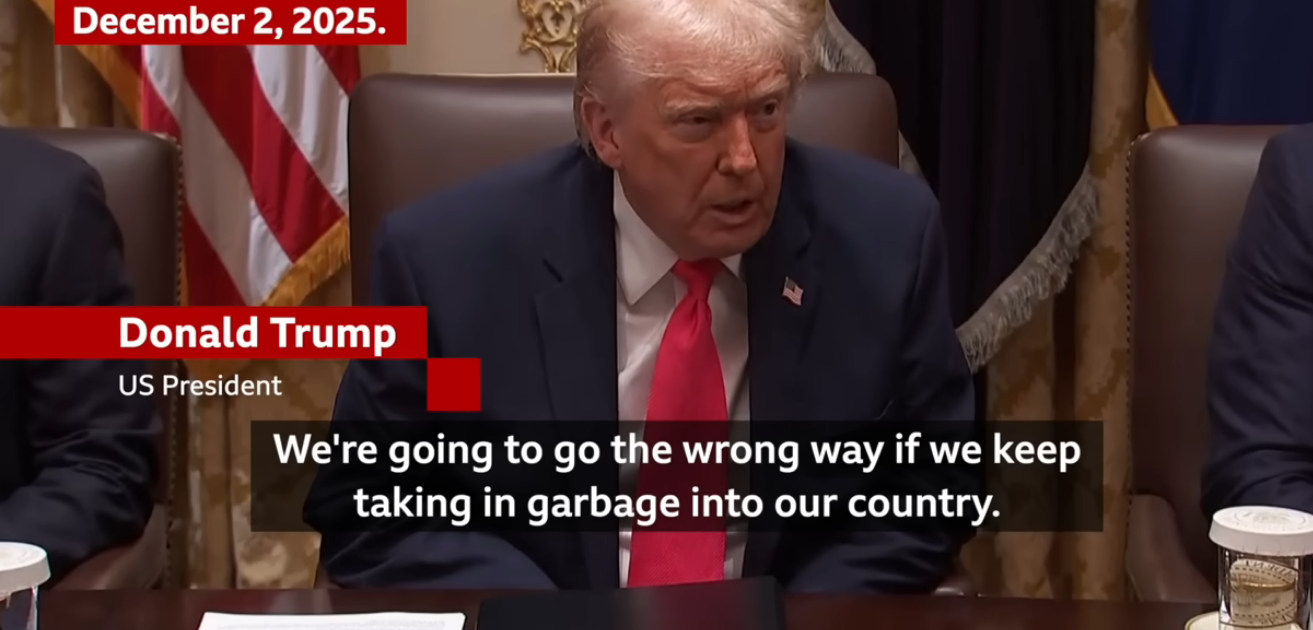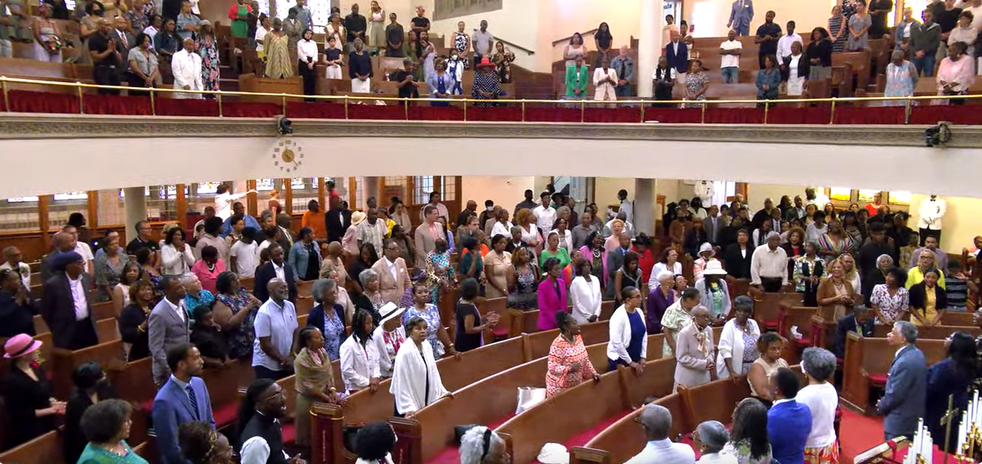[New York News\Child Poverty]
Robin Hood CEO Wes Moore. “The notion of fighting poverty is not enough; the data shows us clearly that there is an urgency for us all to take action. It’s not only about focusing on young children — it’s about being bold, taking risks and supporting one another.”
Marian Wright Edelman, founder and president emerita of the Children’s Defense Fund and Robin Hood board member: “Children need hope; and hope means healthcare, and hope means good schools and early childhood experience. Hope means in policy terms what we want for all our individual children and grandchildren.”
Photo: Wikimedia Commons
Marion Wright Edelman, president of the Children Defense Fund, and a board member of the Robin Hood Foundation.
The Robin Hood Foundation, in collaboration with Columbia University, released the Early Childhood Poverty Tracker on November 4 at an event at Robin Hood, where CEO Wes Moore was joined in conversation with policymakers, practitioners, and research experts who discussed interventions and the importance of implementing policies that lift the youngest New Yorkers out of poverty measurably and sustainably.
“The Early Childhood Poverty Tracker report provides a rich new benchmark data source on the lives of the youngest New Yorkers,” said Sarah Oltmans, Robin Hood’s managing director of the health portfolio. “Over time, the data we are able to collect will help us better understand young children’s circumstances – and what can be done about them. We will be able to set priorities for interventions to reduce poverty and promote child wellbeing and healthy development.”
The initial report found that while 24 percent of children ages 0-3 live in poverty, 60 percent are living at or below 200 percent of the poverty line (i.e. for a family of four, that’s an annual household income of $68,000, and a little under $57,000 for a family of three). This threshold is important because analyses of the Poverty Tracker suggest that families between 100 and 200 percent of the poverty line face a significant risk of slipping into poverty.
Additional topline findings from the initial Early Childhood Poverty Tracker report:
*More than a third of young children (38%) are living in families who could not afford one or more basic necessities like having enough food to feed their family.
*A third of young children (34%) live with a parent who reports either moderate or serious psychological distress.
*Children who are Black or Hispanic face higher rates of all forms of disadvantage including poverty, material hardships, and health problems.
*Nearly half of the city’s young children (49%) live in lower-opportunity neighborhoods with poverty rates of at least 20 percent.
“Race plays a major factor, even from Day 1, when it comes to the risk of children facing poverty,” said Jane Waldfogel, professor at the Columbia University School of Social Work and co-director of the Columbia Population Research Center. “The rates of poverty for Blacks and Hispanics are nearly twice or more than white families. These conditions are especially concerning as disadvantage in the early years can have such a profound effect on children’s subsequent health and development.”
An important focus of the study will be on children’s early education in preschool, Head Start, and the city’s 3-K and Pre-K for All programs. Early childhood education can do much to promote school readiness among low-income children, but an income gap remains in participation in early education programs. By checking in with parents several times a year about this topic, the study seeks to understand parents’ perspectives on what their children need and how they navigate the application process for early education programs.
“Children need hope; and hope means healthcare, and hope means good schools and early childhood experience. Hope means in policy terms what we want for all our individual children and grandchildren,” said Marian Wright Edelman, founder and president emerita of the Children’s Defense Fund and Robin Hood board member. “So much change is in the details. So much change is in our persistence. The issue isn’t what we need to do, but how to get it done.”
After examining data and consulting with experts and community partners, Robin Hood announced a strategic shift in its work with a focus on lifting households in New York City from poverty measurably and sustainably. Families across New York City are stuck in the cycle of poverty, and it is imperative that the underlying causes are addressed. Early Childhood Poverty Tracker and Poverty Tracker will enable the organization to make the best investments backed by the best data available.
“The kind of data we’re able to garner from the new Early Childhood Poverty Tracker tells us where to focus our efforts, what kinds of partnerships to pursue and how we can be most effective,” said Robin Hood CEO Wes Moore. “The notion of fighting poverty is not enough; the data shows us clearly that there is an urgency for us all to take action. It’s not only about focusing on young children — it’s about being bold, taking risks and supporting one another.”
Data from the study will become a distinctive and valuable resource for policy leaders and child advocates in the city, and Robin Hood and Columbia look forward to engaging with city agencies — including the DOHMH and Department of Education — and with nonprofit organizations to highlight issues most relevant to the wellbeing of the city’s children.
Moving forward, Robin Hood will direct attention toward examining how low wages, unsteady employment, and part-time work contribute to economic disadvantage among working parents with young children. The Early Childhood Poverty Tracker surveys will repeat questions about poverty, hardship, health, and other stressors on an annual basis. Future reports based on these annual surveys will describe the dynamics of poverty and disadvantage and consider how movement into and out of disadvantage shapes children’s outcomes.
About Robin Hood
Founded in 1988, Robin Hood finds, fuels, and creates the most impactful and scalable solutions lifting families out of poverty in New York City, with models that can work across the country. Robin Hood invests nearly $120 million annually to provide legal services, housing, meals, workforce development training, education programs, and more to families in poverty in New York City. Robin Hood tracks every program with rigorous metrics, and since Robin Hood’s Board of Directors covers all overhead, 100 percent of every donation goes directly to the poverty fight. Learn more at www.robinhood.org; and follow Robin Hood on Facebook, Twitter, Instagram.
The Columbia Population Research Center (CPRC) at the Columbia School of Social Work networks demographers, sociologists, political scientists, lawyers, economists, statisticians, historians, physicians, and social and public health workers. The center’s aim is to promote the health and well-being of vulnerable populations. The research extends from the urban laboratory that is New York City to over 50 developing countries. For the latest work, go to cupop.columbia.edu.
The Center on Poverty and Social Policy (CPSP) at the Columbia School of Social Work produces cutting-edge research to advance our understanding of poverty and the role of social policy in reducing poverty and promoting opportunity, economic security, and individual and family-wellbeing. The center’s work focuses on poverty and social policy issues in New York City and the United States. For the latest work, go to povertycenter.columbia.edu. Please direct any inquiries to [email protected].






